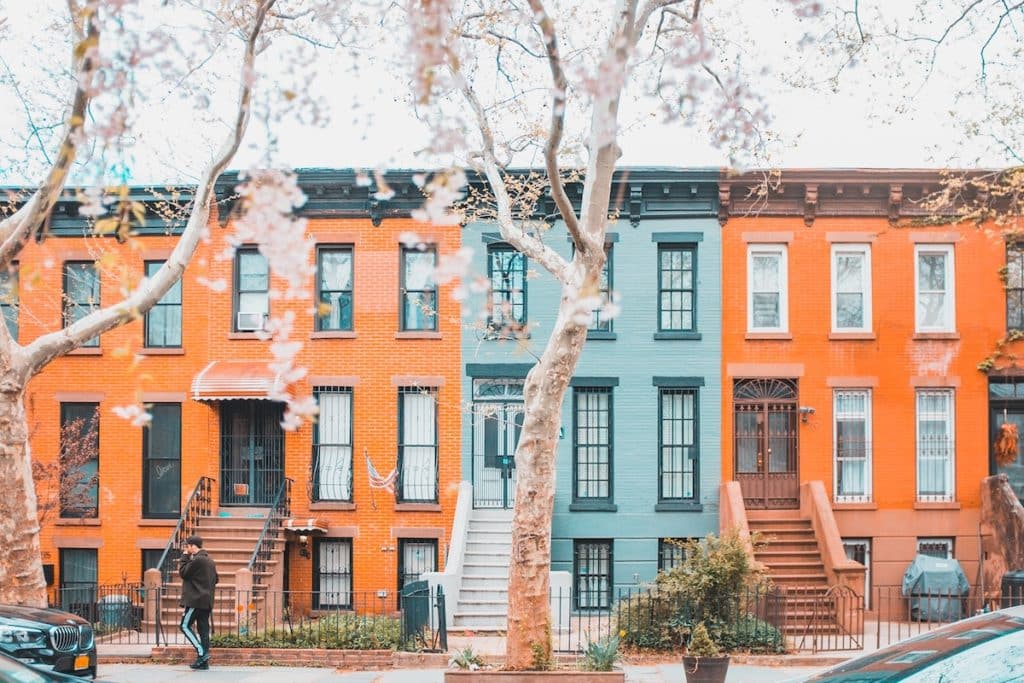As you set about to build a new home, you must choose where to plot your property. This means determining how close your property should be plotted, compared to your neighbors and the property line as a whole.
The term “zero lot line” refers to a residential property structure built close to the edges of this property line. The zero lot orientation can help create a more livable space and can also have an impact on your property’s value. It is particularly common in urban areas, where lots tend to be smaller than in rural areas. In the US, these are particularly common on the east coast but are becoming more popular in west coast cities without a lot of space to develop.
As with all property builds, however, you should carefully consider the following pros and cons:

Advantages of a Zero Lot Line Property
Multiple design possibilities
When it comes to building zero-lot-line homes, there are many modern designs one can consider. The interior designs offer more attractive options than conventional builds.
More livable space
Since developers build zero-lot-line homes close to the property line, homeowners can create more comfortable spaces. This also lets you maximize and make the best use of all the available space in your lot.
Less noisy
A zero-lot-line structure means less dependence on shared walls with neighboring homes – leading to lower noise levels from the property next door, and hence, improving your sense of privacy.
Good privacy
People consider zero-lot-line properties as a great alternative to condos – offering high privacy levels at an affordable price, along with generally low maintenance.
On-demand property
Zero-lot-line properties are ideal for those who quickly want to build a home where they can enjoy a simple life, in a relatively smaller home that requires very little maintenance.
Cons of a Zero Lot Line Property
Lack of buffer zone
The lack of a proper buffer zone in the surrounding area means that homeowners could potentially face many challenges, mainly if you or your neighbors are accustomed to having a reasonably large buffer area. Sharing walls can be an issue if your neighbors are loud, and car noise can be a problem since your home is generally close to the street.
Structures are permanent
Although the concept of shared walls is non-existent and the windows that are installed in the walls are at a reasonable distance from the property line edges – if your neighbors generally like to ‘make a lot of noise,’ then you must cope with it.
Neighborly disputes
In some cases, a lack of ‘desired space’ between homes can potentially cause disputes among neighbors, which means you’ll have to share walls with them. You may end up making compromises living this way because if your neighbor wants to build something on top of his/her wall that affects you in some way or the other, you’ll need to put up with it.
Buildings can be tightly packed
When building your house close to the property line, you may have to deal with tightly packed building walls – which is particularly true of urban areas where congestion is a common sight. If you don’t have a garage or driveaway, this can also mean congested parking.
Design limitations
Even though there are plenty of exciting design options to be had, there are certain limitations that you must abide by. These include a restriction on installing water taps, windows, and air vents on a wall that’s next to your property’s edge.
- Tulip Mania – The Story of One of History’s Worst Financial Bubbles - May 15, 2022
- The True Story of Rapunzel - February 22, 2022
- The Blue Fugates: A Kentucky Family Born with Blue Skin - August 17, 2021